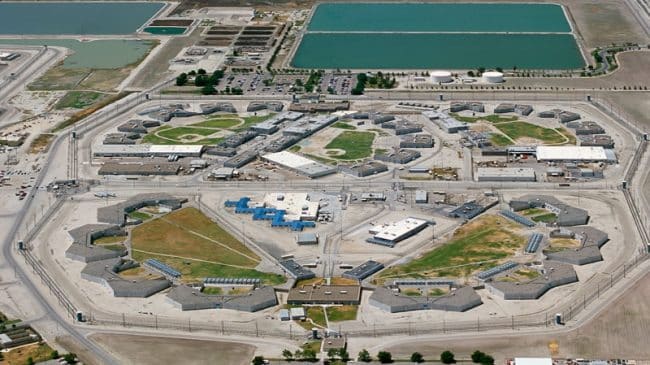Voter Guide: 2016 California Ballot Initiatives
Prop 57 does two things. First, it broadly creates a good behavior credit program for current nonviolent offenders to get parole once their primary sentence is served. Second, it transfers the decision about whether juveniles should be tried in adult court from prosecutors to juvenile court judges.
Fiscal Impact:
The state will have net savings from those inmates released from prison onto parole that could be tens of millions of dollars. Likely the costs to implement the law of a few million dollars per year spread over all counties.
Proponents’ Arguments For:
Proponents argue that California’s prison population has grown dramatically and costs more than $10 billion every year. In 2009, the Supreme Court ruled California’s prison conditions unconstitutional and overcrowded, and mandated the state reduce its prison population. Prop 57 gives California a safe and effective way to comply with the mandate and avoid a court-ordered release of dangerous prisoners.
This measure will not simply dump violent criminals back onto the street. Only nonviolent offenders are eligible for the program, and even they must demonstrate a consistent pattern of good behavior. Prop 57 make this easier for inmates because it offers them credit for working or getting educated while prison. This will save taxpayer dollars by reducing prison spending and reducing recidivism, while at the same time keeping the most dangerous offenders locked up.
Prop 57 also addresses the rising problem of juveniles who are tried as adults and become career criminals. The current system does nothing to actually rehabilitate criminals once incarcerated, which leads to higher recidivism and crime rates. Evidence also shows that juveniles who are tried in juvenile systems, which are often accompanied by rehab programs, re-offend less. Prop 57 moves the decision about whether or not to try a juvenile as an adult and focus on punishment, or to try them as a juvenile and focus on rehabilitation, from the prosecutors to the juvenile court judges.
While Prop 57 provides an incentive for non-violent felons to demonstrate they deserve parole, no one is automatically released, or entitled to release from prison, under Prop 57. To be released on parole, all inmates must be non-violent offenders in the first place who served their primary sentence, must demonstrate rehabilitation to the satisfaction of the Board of Parole Hearings, and will be supervised by law enforcement after release..
Opponents’ Arguments Against:
Opponents argue that Prop 57 will allow criminals convicted of many crimes such as rape, lewd acts against a child, gang gun crimes and human trafficking to be released early from prison because the poorly written law fails to define “non-violent felonies” to exclude a great many heinous and even violent crimes.
Prop 57 would allow unelected bureaucrats to reduce sentences for violent felons and career criminals, ignoring judges who impose multiple sentences. The provisions of many victim protection measures such as Marsy’s Law, 3 Strikes, and the Victims Bill of Rights—all approved by voters—would be effectively overturned by Prop 57. Worse, new parole hearing requirements would force victims to re-testify, and thereby relive the crimes against them.
Prop 57 would instate all these new privileges and rights for convicted criminals into the California Constitution, where they cannot be changed by the legislature. Violent crime was up 10% in California last year, making Prop 57’s provisions affect at least 15,000 dangerous criminals. In this way, Prop 57 would make all Californians less safe.
Discussion:
Prop 57 takes a sensible approach to dealing with overcrowding in California prisons and avoiding court-ordered releases of prisoners, but makes a crucial error in not defining the specific offenses it would address.
Proponents say Prop 57 would make about 7,000 California inmates eligible for parole, of which 5,700 already are eligible under a court order. Opponents say the law would make 15,000 inmates eligible for parole. The two sides are not using the same definition of “non-violent felon” and neither existing state law nor Prop 57 imposes a precise definition.
Prop 57 does say that the Department of Corrections and Rehabilitation must create regulations to implement the law, and it is possible those regulations could impose a precise operating definition of “non-violent” felonies that would eliminate the most serious problems the opponents raise.
Yet, proponents are correct that California’s prison system does little to rehabilitate inmates and so suffers from a very high recidivism rate. Creating incentives to rehabilitate while relieving overcrowding with an orderly and controlled process is clearly better than a rushed release via a court-order. And one or the other will happen. If the voters or the legislature cannot figure out how to move some people safely out of the prison system, then court orders will do it for them.

